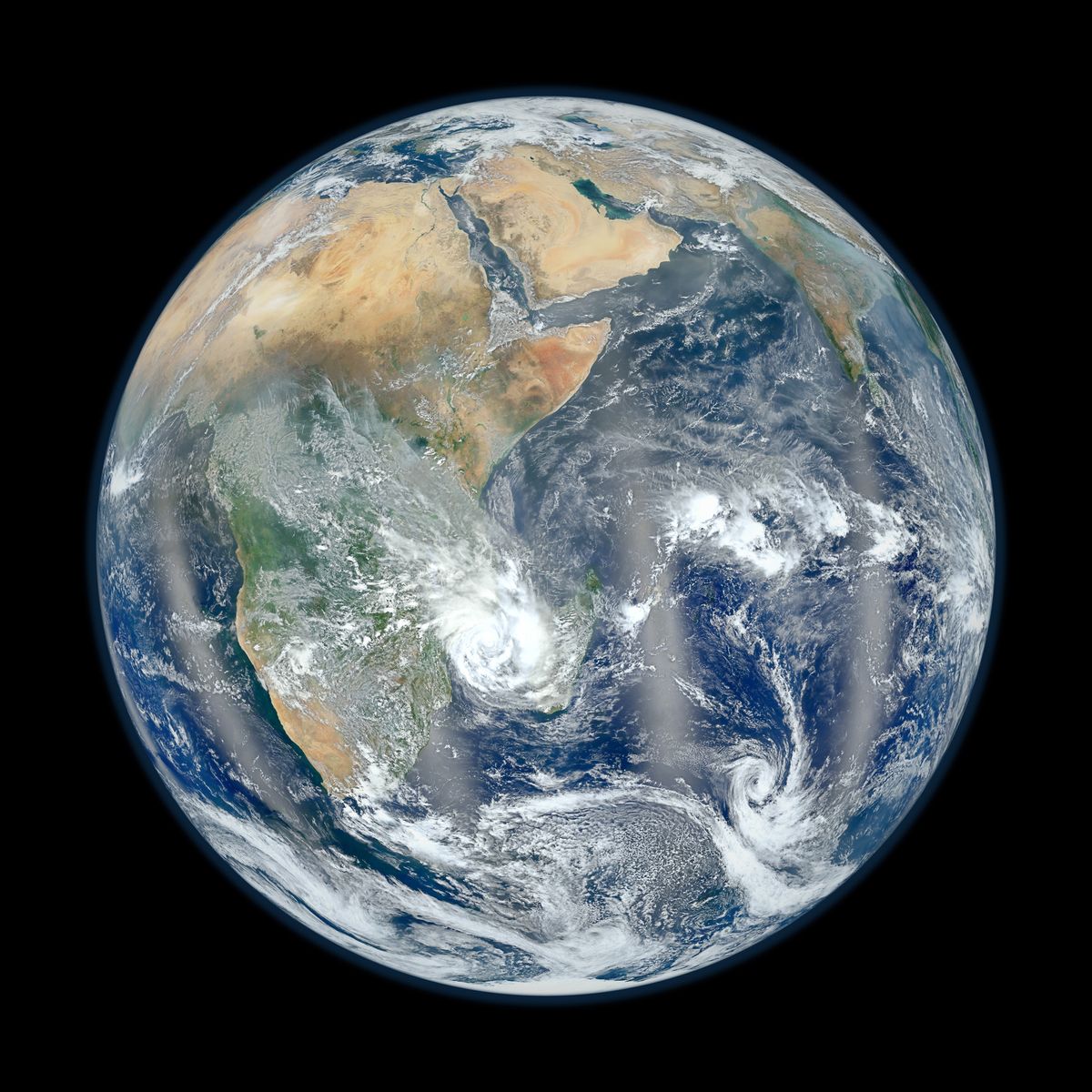The Paris Climate Meeting: A Quick Guide

Beginning Monday, until Dec. 11, representatives of 196 nations, and an estimated total of 20,000 accredited negotiators and observers will be gathered in Paris to discuss steps to address climate change. Like the 2009 Copenhagen summit before it, the Paris gathering has attracted a lot of media attention and will be in the news a lot more over the coming two weeks. So what exactly is it, and what is expected to happen?
NEWS: Global Protests Demand Action on Climate Change
What is the Paris Meeting?
Technically, it is the 21st Conference of the Parties to the United Nations Framework Convention on Climate Change (UNFCCC), known among participants as COP 21. The UNFCCC was signed at the so-called Rio Earth Summit in 1992. In 1997, the Kyoto Protocol established legally binding obligations for developed countries to limit their greenhouse gas emissions. In 2010, the Cancun Agreements recognized that future global warming should be limited to below 2.0 degrees Celsius (3.6 degrees Fahrenheit) relative to pre-industrial levels.
What Will It Try to Achieve?
The goal is to produce a new climate agreement that will spell out each country’s commitment to reducing climate change from the year 2020 onward. As part of that, it will also seek to resolve such issues as financial assistance for developing countries for climate change mitigation and adaptation.
PHOTOS: Global Warming Right Before Your Eyes
Sign up for the Live Science daily newsletter now
Get the world’s most fascinating discoveries delivered straight to your inbox.
How Is It Different from Previous Big Climate Gatherings?
Unlike previous attempts to forge agreements, the Paris gathering will see each country arrive with its own commitments to do what it believes it is capable of doing to reduce its carbon emissions. These commitments are known as Intended Nationally Determined Contributions (INDCs). The United States, for example, has pledged that, by 2025, it will reduce its carbon emissions by 26 percent from 2005 levels, while China has pledged its emissions will peak by 2030.
Is There Reason for Optimism?
It all depends on your perspective and your level of expectation. For many, including environmental NGOs and some low-lying Pacific island states, what is likely to emerge is a case of too little, too slowly, given the scale and rapidity of global climate change. Others have cautioned that the likely difficulties over the financing issue should not be understated; nor should the challenge posed by India, which is already the world’s third-largest CO2 emitter and has a growing, coal-based economy. But there does seem to be optimism that at least some form of agreement will emerge which, because of its bottom-up nature, will have widespread buy-in.
PHOTOS: 10 Nasty Surprises from Climate Change
So Will It Succeed in Limiting Global Warming?
Limiting? Yes, conceivably. It has been calculated that, if the INDCs so far submitted were to be implemented, they would limit global warming to about 2.7 degrees Celcius above pre-industrial levels. That’s about 1 degree less than predicted warming if the world continued on its present path path we are presently on, but in excess of the 2 degree limit to which the UNFCCC has already agreed, and which scientists say is the dangerous threshold that should not be exceeded. Of course, Paris is not by any means intended to be the final word.
Will It Be Legally Binding?
The exact legal nature of the agreement remains to be determined, and may end up being the subject of interpretation even after the fact. From the perspective of the Obama Administration, the most important word to avoid will be “treaty,” as any treaty will be subject to approval by Congress, the Republican side of which has made clear its intention to kill whatever is agreed.
10 Signs Climate Change Is Already Happening
Where Can I Find Out More and Keep Up to Date?
Grist has a great backgrounder, as does Mashable, Carbon Brief takes a deeper dive into the details of the discussions in this interactive guide. The New York Times investigates the likely impacts of the INDCs. The UNFCCC itself will have regular updates and live streams of the public parts of the meeting. And for something a little different, Nature has produced a guide to 25 years of climate negotiations in comic book form.
Originally published on Discovery News.












